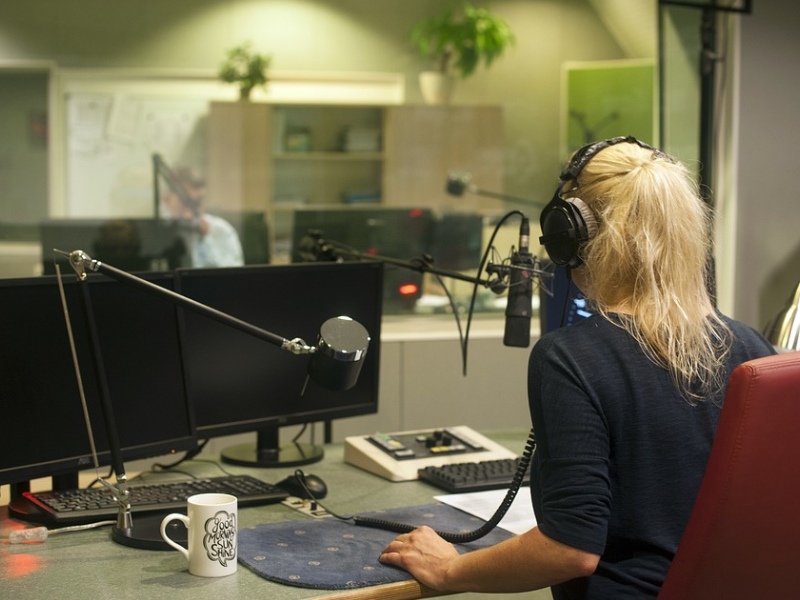Not so long ago, local newspapers faced little competition. As Warren Buffett would say, the local newspaper used to have a fantastic moat.
The world has changed since then. The future of local media has become extremely uncertain. This is because of the shift to a digital, mobile, and platform-dominated media universe.
That said, there’s an important point here.
This shift isn’t an automatic death knell for local news publishers. Local news can thrive in a digital-first world. That’s why in this article, I want to take a deep dive into this topic. Together we will explore current problems, keys to success, and new business models for local news.
Local news are not yet up for the digital challenge
The digital transformation in news didn’t occur suddenly. Since the 1990s, local news publishers have been studying this little thing called the Internet. Internet news was taking off and some local news publishers were building their own websites to share their stories. The rise of social media, however, led local newspapers to start pursuing traffic through likes and clicks.
In doing this work, however, local newspaper became shells of their former selves. They found that the endless pursuit of clicks and likes wasn’t an effective long-term strategy. Moreover, they were forced to merge with larger daily newspapers in the hope of remaining present in their local scenes.
Local newspapers look vastly different today. Now, according to a study published by Columbia University’s Tow Center, only 17% of local news is truly local. Meaning 17% of their content actually covers events that have taken place within their city. There used to be reporters that covered city hall and law enforcement in that newspaper’s town. Now, that has mostly become a relic of another time.
A soft local footprint is one thing. Another is the fact that many local newspapers still haven’t embraced the digital revolution. According to the same study, 12% of local news outlets still do not have their own website. The reasons could be several. There may be budget issues. The newspaper may not have much technical help. Regardless, these publications continue to forego the chance to post their content on their own websites.
Part of the reason may be the rise of social media. For instance, about 34% of those local newspapers who don’t have a website have created a Facebook profile. 80% of local news publishers in total have a Facebook profile.
This is likely the result of a few things. First, it is easy to create a Facebook profile. Along with this, the sheer scale of Facebook is extremely attractive. That said, the rise of fake news should concern local news publishers. This is because Facebook may place their content next to fake or false content.
Finally, local news publishers are embracing responsive design over single apps. One study shows that 84% of local newspapers use responsive design and only 27% use apps. While some presence is better than no presence, news apps offer more benefits than websites leveraging responsive design.
 How local news can master digital transformation
How local news can master digital transformation
Many local news publishers could be doing more to embrace digital technologies. Their readers are eager for it. Publishers are also leaving more revenue on the table.
Luckily, publishers can take action today. They can focus on changing their monetisation strategy and grow their audiences. According to Nieman Journalism Lab accomplishing this transformation comes down to achieving three different milestones.
- Making more revenue from digital sources rather than print.
- Making more revenue from readers compared to revenue from advertisers.
- Achieving net revenue growth with the rate of digital revenue increases eclipsing the decreases of print revenue.
These milestones focus on getting more digital revenue from readers themselves. It is quite different from the old model of relying on advertisers to generate revenue from print issues. There are several ways that local news publishers can achieve these milestones. They are outlined below:
- Aim for younger and more ethnically diverse readers. The Texas Tribune achieved nearly 8x more visitors per month by targeting these types of readers.
- Offer members more chances to engage and get involved across the newsroom. One idea is for journalists to host live Facebook chats on a specific story. Publishers can also create video content that gives readers a behind-the-scenes look at their newsrooms.
- Increase newsletter readership. Email newsletters can be an excellent strategy. They can create a direct pipeline to engagement and member conversion.
- Create new internal structures. Think about bringing together editorial staff and digital production. This can go a long way in helping you meet these three milestones.
- Consider providing value to audiences in new ways. One great way is through apps. Newsrooms using apps can distribute content that is more relevant to readers’ interests and geographic locations.
- Embrace social media. Social media can help you closely connect with your readers and audience.
Being proactive with these strategies can help you embrace digital transformation. Having said this, trial and error cannot be overstated. It’s better to get started now rather than wait for a perfect strategy.
New Business Models for Local News
Local news publishers must act swiftly to achieve these three milestones. Doing so, they can accomplish a digital transformation.
However, newspapers should also think about exploring alternative revenue streams. There is a wide range of options here. Things like in-person events, ecommerce, custom publishing, and in-house marketing firms are relevant.
The options above (particularly ecommerce) can be compelling for all local newspapers. But how can you navigate this digital transformation in your newsroom? We have your back.Here I would like to present three case studies from a recently published report by the Reuters Institute. These local newspapers from Germany have successfully worked with alternative revenue streams. Doing so, they have made real progress in sprinting toward that digital transformation.
Westfalenpost
First, there is Westfalenpost. Located in South Westphalia, Westfalenpost is a daily regional newspaper in Germany. To navigate this digital-first world, Westfalenpost adopted several distinct initiatives.
First, the newspaper decided to embrace a multimedia approach to its content. It uses podcasts and videos, for instance, to deliver high-quality content to its audience.
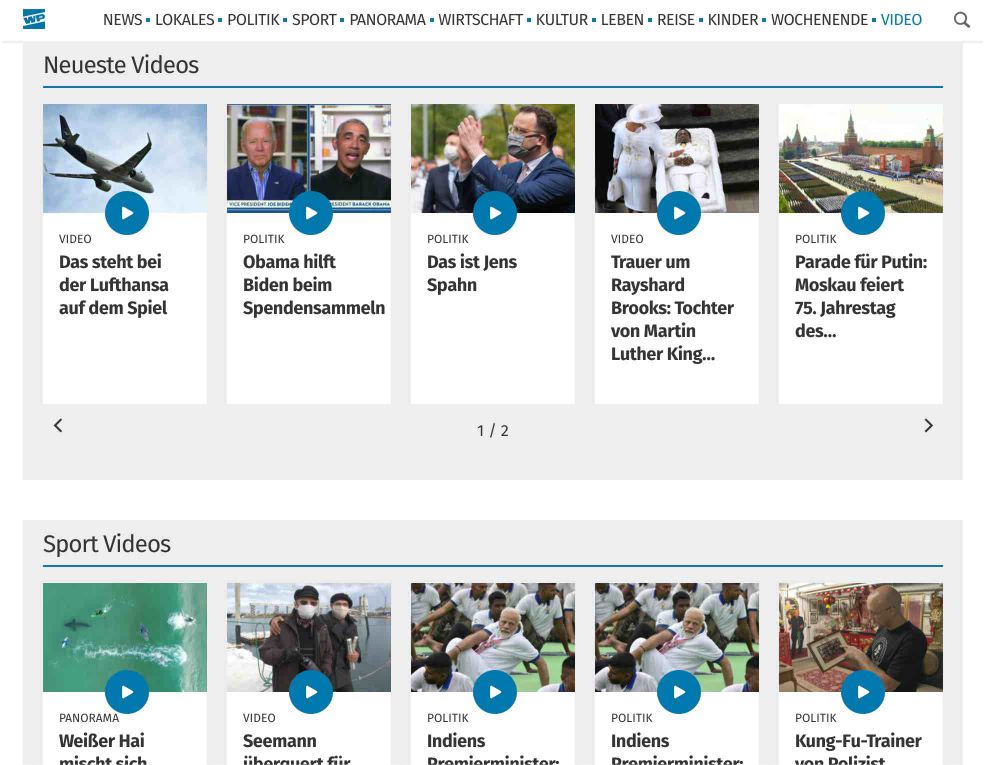
It made the brave choice of implementing a central newsroom. This means it produces online content that can be shared across newspapers and adapted to local markets. The newspaper even publishes some special interest magazines focused on specific interests. For instance, one of their magazines focuses on sustainable travel.
These initiatives have helped Westfalenpost transform into a digital-first property. It shifted its business model. Previously, it focused on print sales. Now, it generates plenty of revenue from its online properties. The paper continues to experiment.
That said, it is a great example of a local newspaper that successfully traversed the digital gap.
Main-Post
Another great example is Main-Post. It is another regional paper in Germany that has achieved this transformation through several new practices. For instance, it has adopted a metered paywall. This paywall lets visitors view several articles before being becoming a subscriber.
Main-Post has also achieved much success in creating its own apps. As just one example, the newspaper has released a popular e-newspaper reader. That e-newspaper reader has 8,000 subscriptions. A breaking news app has also achieved notable traction as well.
The ultimate lesson from the Main-Post? It hasn’t hesitated to embrace different business models and mobile technologies. Through this work, it provides more value to its readers.
NOZ Medien
Finally, local newspaper publishers should look at NOZ Medien. Another German newspaper, NOZ Medien has a loyal Facebook community.
Along with this, it offers digital ticketing and marketplaces for regional vendors in Germany. This may seem like a “non-traditional” role for a regional newspaper. However, NOZ Medien has found that these options resonate with their readers. For example, the newspaper even offers some dog and horse sale websites that have generated some traction.
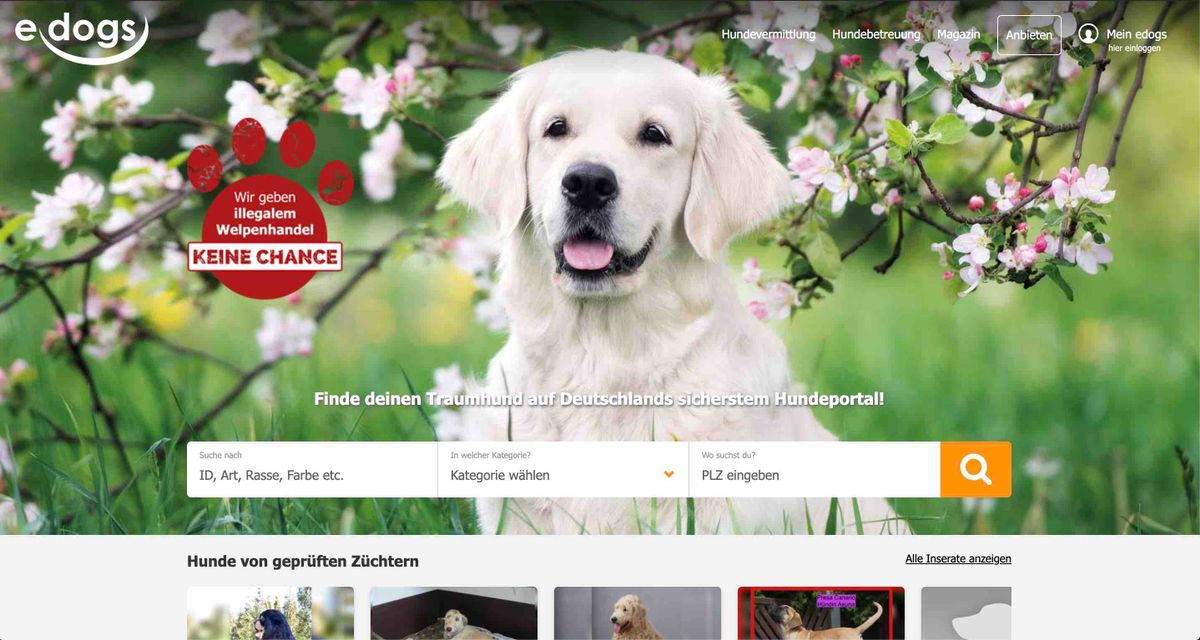
Conclusion
So what’s the key takeaway? Publishers shouldn’t be afraid to challenge the status quo. They should venture into areas that seem out of bounds. Doing so, they surely find the next way to generate revenue.
Finally, I have a quote for you that sums up the digital possibilities for local newspapers.
“Local newspapers should develop fresh approaches that emphasize multimedia distribution, distinctive local content, collaboration, and user experience while recognizing the value of more streamlined production and commercial strategies.”
Joy Jenkins, Assistant Professor at the University of Tennessee School of Journalism and Electronic Media
This is of course all easier said than done. Nevertheless: the best time to get started is now. Journalists and publishers alike must remain nimble. They need to stay opportunistic. They must also embrace trial and error. In doing so, they are making smart investments in the future of their publications.
To get started, consider using a digital publishing platform that has an intelligent CMS and powerful multichannel workflows, like Purple DS. Request a free demo and find out how we can help your local newspaper to thrive in today’s digital world


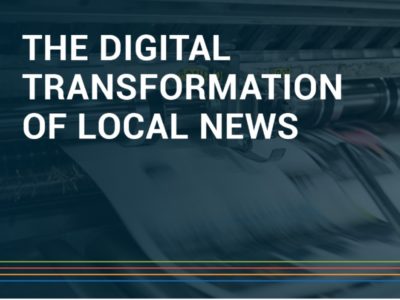
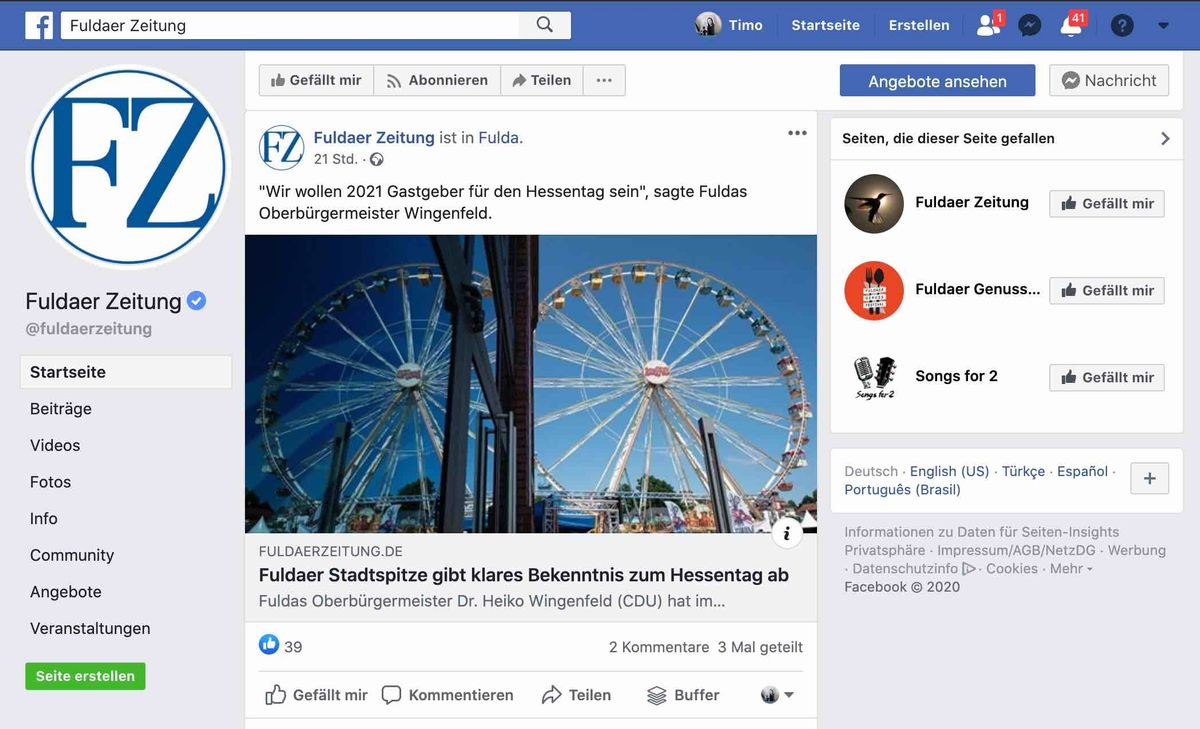
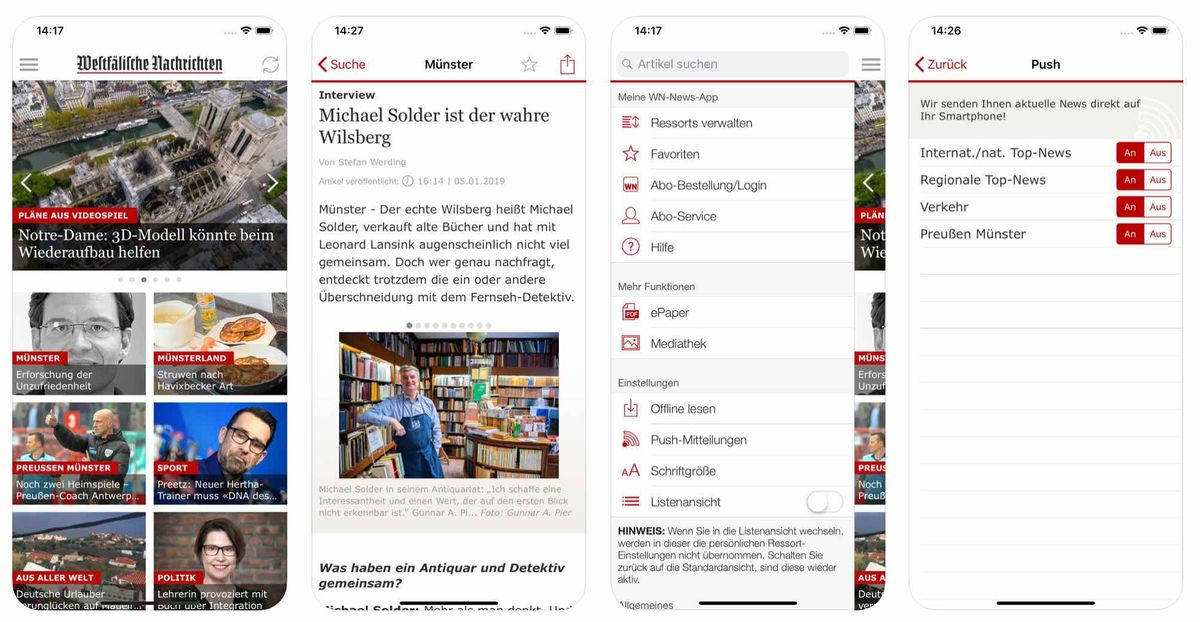 How local news can master digital transformation
How local news can master digital transformation



